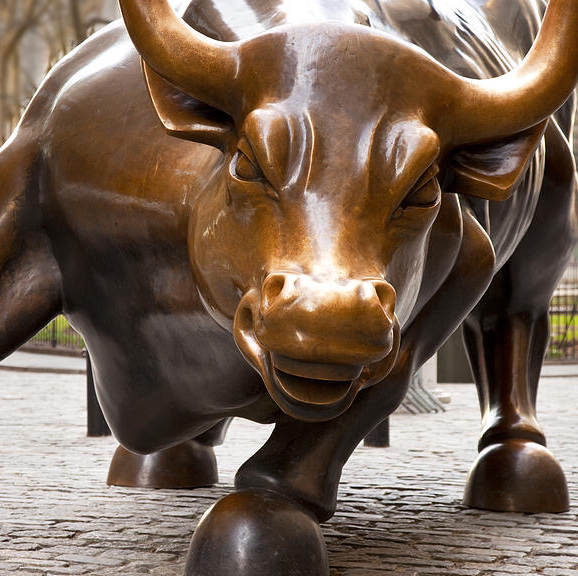
Desmorado
No personal profile
6Follow
0Followers
0Topic
0Badge
The hell they are doing... bunch of morons
Sorry, the original content has been removed
Like pls
What Tesla's Massive Bitcoin Selloff Means for Investors
EV to the Moooooooon
Sorry, the original content has been removed
I will agree to disagree this article. Tesla is undervalue instead I feel
Tesla: Overvalued By 85.26% And Not A Technology Company
Oh no
Amazon Falls Again as the Premium Valuation Era Shows Signs of Cracking
Just buy think later
Amazon: The Bag Is Heavy Going Into Q1 Earnings
What happened?
Hot Chinese ADRs Rallied in Premarket Trading
Jiak Sai Liao.....
Baidu and iQIYI Stocks Slid in Premarket Trading
Pls drop
Oil Prices Tumble Below $100 and Keep Falling. Here’s Why.
Yes totally agreed that it is overvalued. But the fundamental of the company and it's the future plans gave investors confidence in investing it.
Tesla Is Still Fundamentally Overvalued
Rus will never attack come on.... it's the blow up by the media.
Sorry, the original content has been removed
To the moon!!!
Nvidia Earnings Preview: What to Watch on Feb. 16
Highly unlikely
3 Stocks That Can Plunge 42% to 92% in 2022, According to Wall Street
Why is EV kept dropping like grapes this few days?
Sorry, the original content has been removed
Finally some green today?
FOMC Preview:Fed Not Expected to Raise Interest Rates This Week
Infant stage for all EVs. there is a huge room to grow for all of them
Why Tesla Is the One Stock I'd Avoid in 2022
Go to Tiger App to see more news